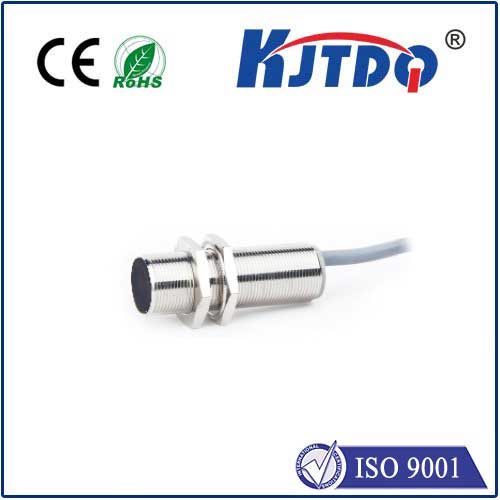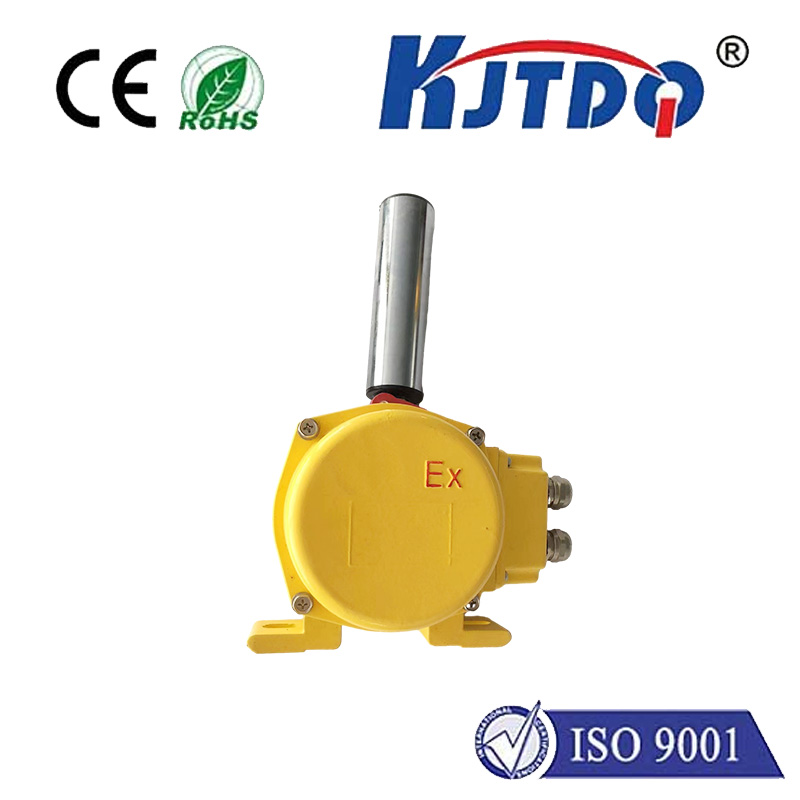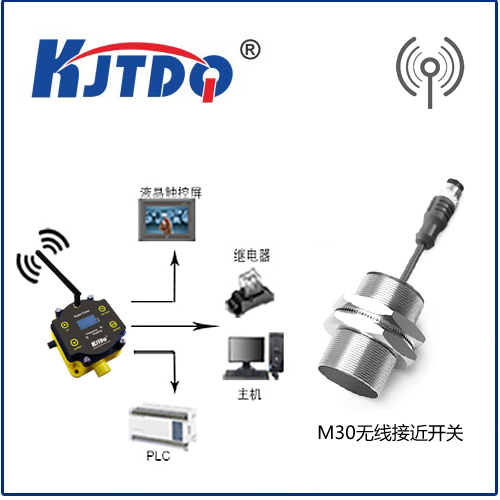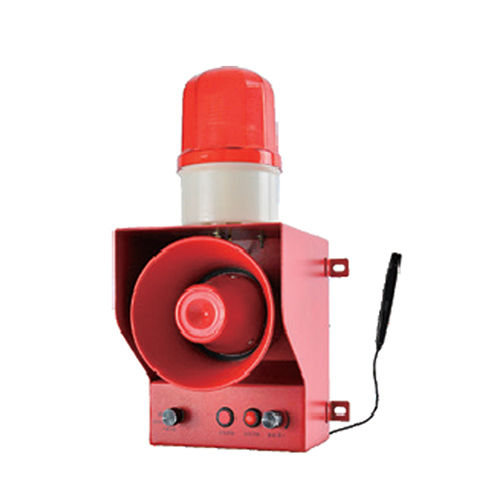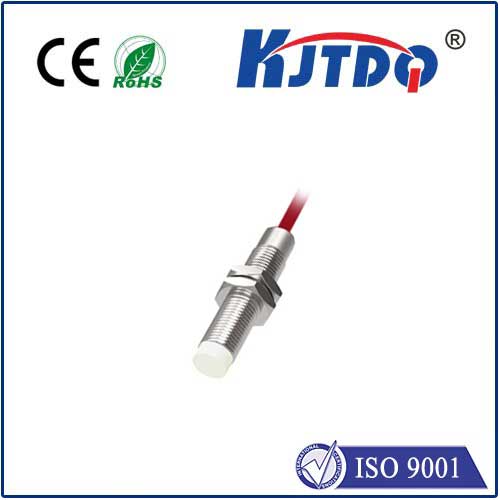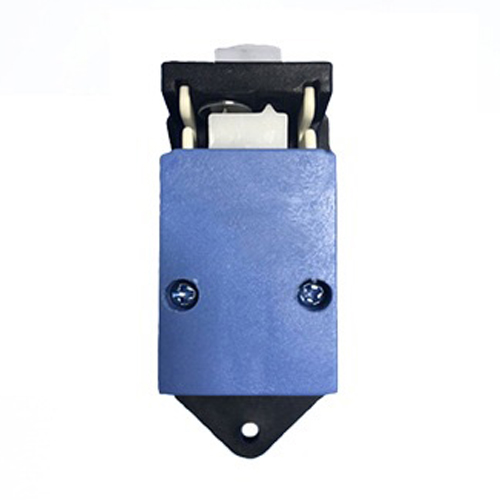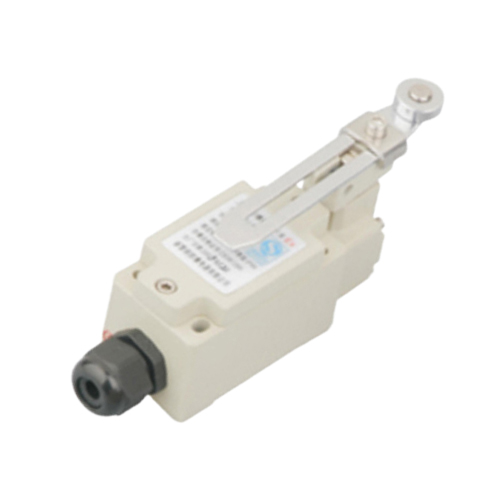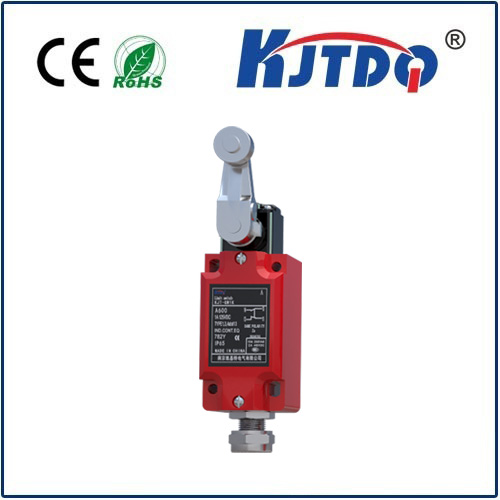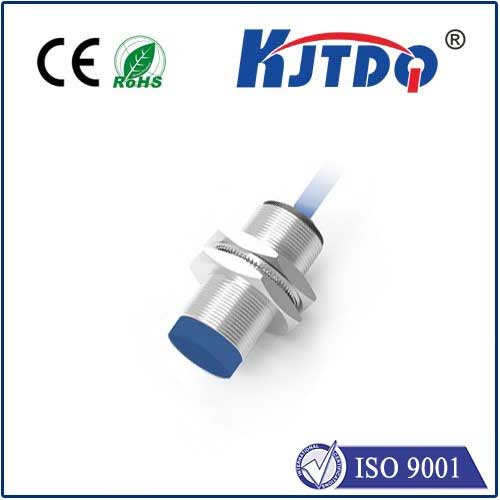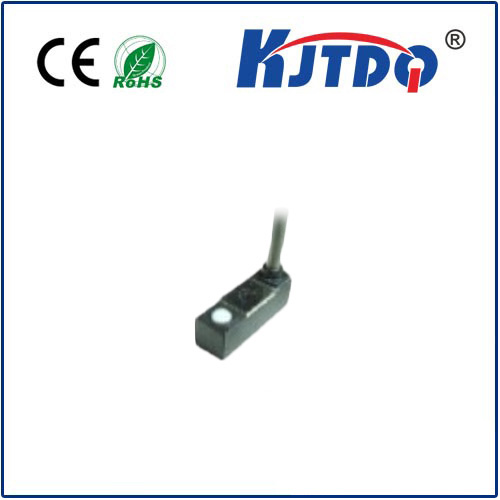Фотоэлектрический датчик ближнего действия
- time:2025-07-24 03:39:30
- Нажмите:0
The Hidden Technology That Powers Your Daily Touch Interactions: Proximity Photo Sensors Explained
Have you ever wondered how your smartphone screen magically turns off when you hold it up to your ear during a call? Or how automatic faucets sense your presence without any physical contact? Or perhaps how modern cars prevent you from accidentally backing into obstacles? The unsung hero enabling this seamless, touch-free interaction is often the Фотоэлектрический датчик ближнего действия. This remarkable, miniature technology forms a critical bridge between the physical world and the digital devices we rely on.
Understanding the Core Principle: Light-Based Detection
At its heart, a proximity photo sensor is a solid-state electronic device designed to detect the presence, absence, or closeness of an object without physical contact. Its principle relies on light detection. Most commonly, it utilizes infrared (IR) light, which is invisible to the human eye.
Here’s the fundamental mechanism:
- Emission: An infrared light-emitting diode (IR LED) emits a beam of invisible infrared light.
- Reflection: If an object enters the detection zone, this IR light beam hits the object and reflects back towards the sensor.
- Detection: A photodetector (like a photodiode or phototransistor) specifically tuned to the IR wavelength receives this reflected light.
- Signal Processing: An integrated circuit measures the intensity of the reflected light received by the photodetector. The closer the object is, the stronger the reflected signal generally becomes. This signal is then processed to determine object presence and relative distance within the sensor’s specified range.
Think of it like echolocation, but with light instead of sound. The sensor actively sends out a signal (IR light) and listens for its return.

Far Beyond the Smartphone Screen: Ubiquitous Applications
While the automatic screen blanking on phones is arguably the most visible application, proximity photo sensors unlock a vast array of functionalities across numerous industries:
- Consumer Electronics: As mentioned, proximity detection in smartphones and tablets prevents accidental touches during calls and conserves battery life. They are also integral to modern automatic faucets, soap dispensers, hand dryers, smart speakers (muting when you approach), and gaming controllers.
- Industrial Automation & Robotics: These sensors provide critical object detection and position sensing on assembly lines, verifying part presence before machinery actuates. Robots use them for non-contact obstacle avoidance (collision prevention) and precise positioning guidance near components.
- Automotive: Advanced Driver Assistance Systems (ADAS) heavily utilize proximity sensors for parking assistance (detecting curbs and obstacles), blind-spot monitoring, and automatic trunk opening (kick sensors). Inside the cabin, they can control display activation based on driver presence or gesture recognition.
- Appliance Safety: In devices like garage door openers or industrial machinery, proximity photo sensors act as safety guards, halting operation immediately if an object (or person) is detected within a hazardous zone (safety interlocking).
- Display Management: Public information kiosks, ATMs, and digital signage can use proximity sensors to activate the display when a user approaches, enhancing engagement and energy efficiency.
- Level Sensing: While often combined with other methods, proximity detection can be used for non-contact fluid level detection in tanks (when paired with reflectors or floats).
Key Advantages Driving Adoption
Why choose proximity photo sensors over other sensing technologies?
- Non-contact Operation: Eliminates wear and tear, allowing detection of fragile or sensitive objects.
- Fast Response Time: Detection occurs almost instantaneously, crucial for safety and high-speed automation.
- Compact Size: Miniature SMD (Surface Mount Device) packages enable integration into even the smallest consumer electronics.
- Reliability: Solid-state design with no moving parts offers high durability and long operational life.
- Cost-Effectiveness: Relatively simple design and mass production lead to competitive pricing for high-volume applications.
- Environmental Resistance: Many models offer good resistance to dust, moisture, and ambient light interference, especially those with modulated IR signals and optical filters.
Design Considerations and Overcoming Challenges
While versatile, proximity photo sensors aren’t without considerations for optimal use:
- Material & Color Dependence: The reflectivity of the target object significantly impacts sensor performance. Dark, non-reflective materials absorb IR light, reducing detection range and reliability. Conversely, highly reflective or shiny objects can cause overly strong signals. Sensor selection and calibration must account for typical targets.
- Ambient Light Interference: Strong sunlight or other sources of IR light (like incandescent bulbs) can flood the photodetector. Modern sensors use modulated IR signals and sophisticated filtering circuits to distinguish their own signal from background noise, significantly improving ambient light immunity.
- Detection Range: Sensors are designed for specific ranges. Choosing the right sensor for the required detection distance is vital. Most consumer electronics sensors work in the 1-10 cm range, while industrial variants can extend to several meters.
- Physical Obstruction: Objects blocking the path between the sensor’s emitter/detector and the target will prevent detection. Careful placement is essential.
- Optical Design: The sensor’s housing (the lens or aperture) shapes the emitted IR beam and defines the photodetector’s field of view. This affects the detection zone’s shape and size.
The Future: Embedded Intelligence and Integration
The evolution of proximity photo sensors continues. We see trends towards:
- Increased Integration: Combining the sensor IC, IR LED, and sometimes even signal processing into single, ultra-compact modules.
- Advanced Digital Outputs: Moving beyond simple presence/absence signals to provide more nuanced distance information or calibrated proximity levels.
- Multimodal Sensing: Combining proximity sensing with other functions like ambient light sensing (ALS), gesture recognition, or even time-of-flight (ToF) distance measurement within a single package, creating more context-aware devices.
- Lower Power Consumption: Crucial for battery-powered IoT devices, enabling always-on sensing with minimal energy drain.
- Embedded AI: Future sensors might incorporate edge intelligence for adaptive thresholding or distinguishing between different types of objects entering the detection zone.
Выводы
Proximity photo sensors are a foundational technology enabling countless intuitive, efficient, and safe interactions in our modern world. Their ability to detect nearby objects using light, without physical contact, makes them indispensable in smartphones, appliances, factories, vehicles, and beyond. As these sensors become smaller, smarter, more integrated, and less susceptible to interference, their role in bridging the physical and digital realms will only expand. They are a quiet, yet profound, force driving seamless interaction and automation – a true testament to the power of light-based sensing.

